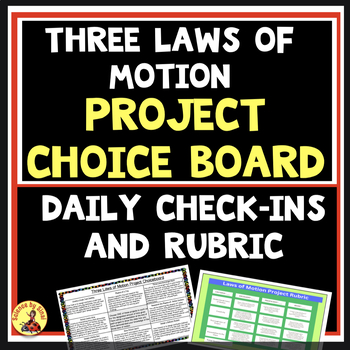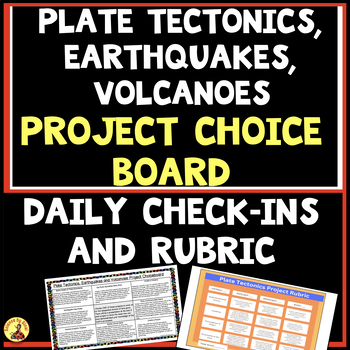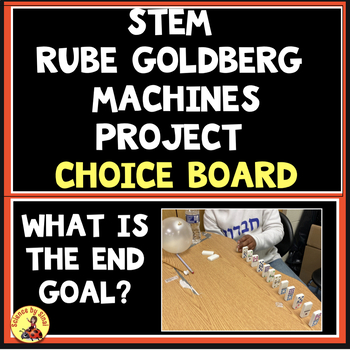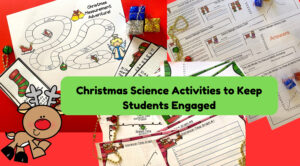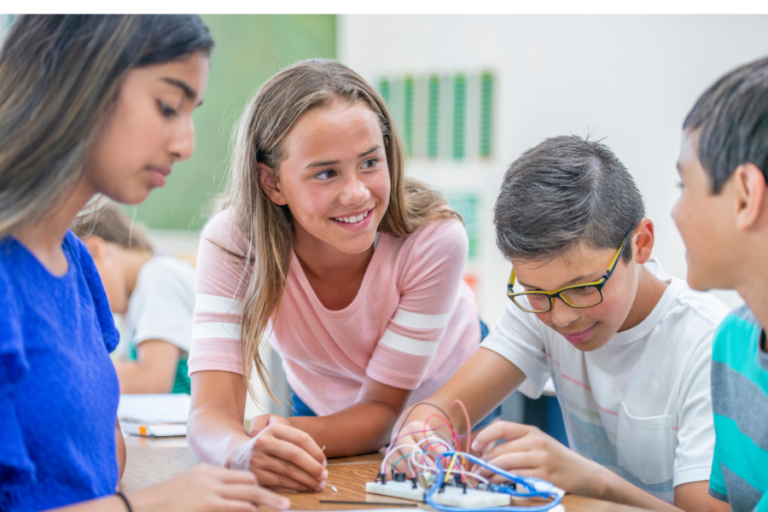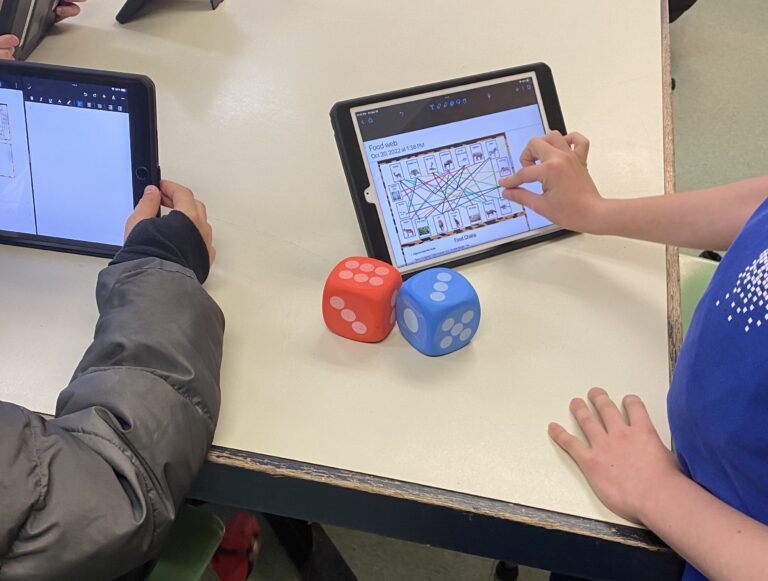Personalized Project-Based Learning Through Choice Boards
Do your students groan when you assign a new project because they find it stressful or boring? What would happen if you used personalized project-based learning with choice boards?
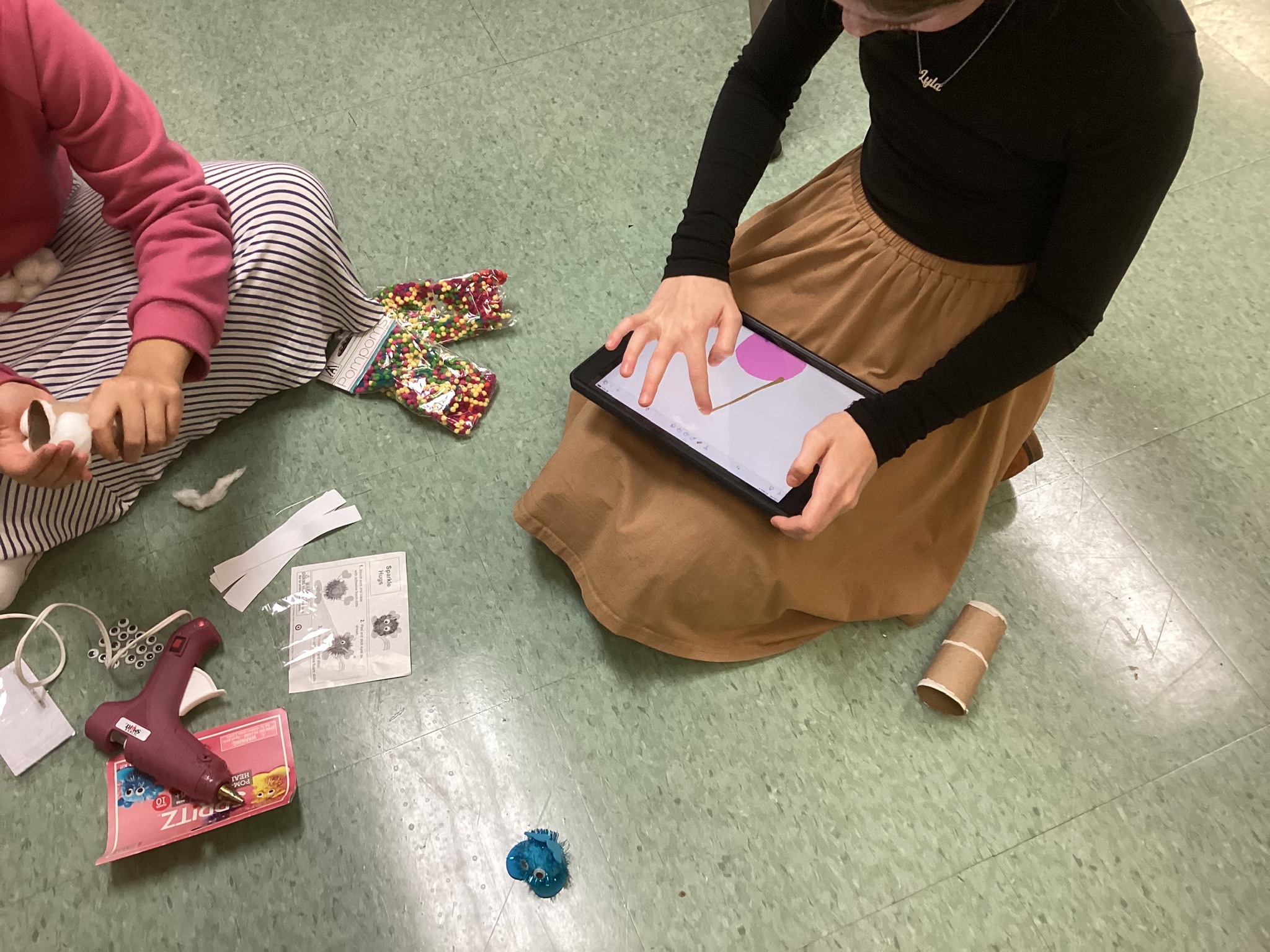
Personalized Project-Based Learning Through Choice Boards
August 2024
I was surprised when my students kept thanking me over and over when I first utilized choice boards several years ago. I had no idea how powerfully they felt about having less anxiety, more independence, and lots of creativity!
As teachers, we all know that our classrooms are filled with a wide range of talents, interests, and learning styles. Each student brings something unique to the table, and it’s our job to create an environment where every student feels seen, valued, and empowered to learn in a way that suits them best.
What Exactly is a Choice Board?
A choice board is essentially a grid or menu that offers students different ways to complete a project. I usually have eight choices. Each option on the choice board allows them to approach the project in a way that appeals with their interests and strengths.
Types of Choices to Include
When designing a choice board, it’s important to offer a variety of options that cater to different aspects of learning.
Product
Students can choose how they want to present their knowledge. Options might include creating a poster, a comic strip, filming a video, writing a research essay, or building a model.
Process
Give students flexibility in how they work—whether individually, in pairs, or small groups. Some might thrive on collaboration, while others prefer to work independently. I have many students who much prefer to work by themselves. Forcing them to work with someone else stifles their creativity. I also have students who are a bit insecure working alone and do very well when they can bounce ideas off a partner.
Content
Allow students to focus on different aspects of the topic. For example, they might choose to dig deep into the scientific theories behind a concept or explore its historical context. They may also connect it to real-world applications.
Benefits of Using Choice Boards
Promotes Student Ownership
One of the greatest benefits of using choice boards is that they give students a sense of ownership over their learning. When students can choose how they want to complete a project, they are more engaged and motivated. This sense of independence creates a deeper connection to the material. Plus, it encourages students to take responsibility for their learning.
Encourages Creativity
By offering a variety of project formats, choice boards allow students to express their creativity in ways that traditional assignments might not. Whether it’s through artistic expression, technological skills, or storytelling, students can find a project that shows off their skills. This leads to excitement in the room and very unique projects!
Reduces Anxiety
Not every student is comfortable standing in front of the class to present a project. I was insanely shy when I was younger, and the idea of a project that involved me talking in front of the class and demonstrating any knowledge made me nauseous. I still get very nervous if I need to stand up in front of a crowd. For some students, public speaking can be a source of significant stress.
Choice boards can help reduce this anxiety by offering alternative ways to present their knowledge. I have several students who prefer to narrate a video rather than stand up in front of the classroom. That being said, there should be several occasions throughout the year when students are required to present. However, I don’t think it should be with a major project.
Supports Diverse Learners
Choice boards are nicely inclusive. By offering multiple ways to complete a project, they cater to different learning styles, interests, and abilities. Students who struggle with reading and writing, but excel on a computer, love this sort of assignment. I’ve had otherwise struggling students spend huge amounts of time making stop-motion videos or using special effects for hours. The motivation is just so amazing to watch!
Designing a Balanced Choice Board
Creating an effective choice board requires thoughtful planning. You’ll want to include a variety of options that appeal to different learning styles and strengths. Make sure each choice is meaningful and allows students to demonstrate their understanding of the key concepts.
Aligning with Learning Objectives
While it’s important to offer choices, it’s equally crucial to make sure that all options align with your goals. Each project format should require students to meet the same academic standards and demonstrate the same level of understanding. I work hard to come up with projects that take about the same amount of time to complete. You don’t want students always going for the “easy one” or getting upset because their project takes longer than others. (Science Projects-10 Questions to Ask Yourself Before Assigning One)
Providing Clear Guidelines
To maintain project quality and consistency, it’s essential to set clear expectations and requirements for each option on the choice board. Provide detailed instructions so students know exactly what is expected, regardless of the format they choose. I ALWAYS give rubrics first and sometimes send them home to parents, too.
Scaffolding and Support
Some students may struggle with making a choice or completing a project independently. For any project, I provide a brainstorming form to start the organization and structure. Then I give daily check-in forms. Each day, the students write one to two sentences about what they accomplished, whether it’s at home or in the classroom.
Conclusion
Choice boards are a powerful tool for enhancing student projects. I encourage you to try implementing choice boards in your next project and see the positive impact on student engagement and learning outcomes. And as always, I’d love to hear about your experiences with choice boards—feel free to share your thoughts and ideas in the comments section below!
Are you looking for a choice boards or other science resources? I have hundreds of resources on my Teachers Pay Teachers store called Science by Sinai.


